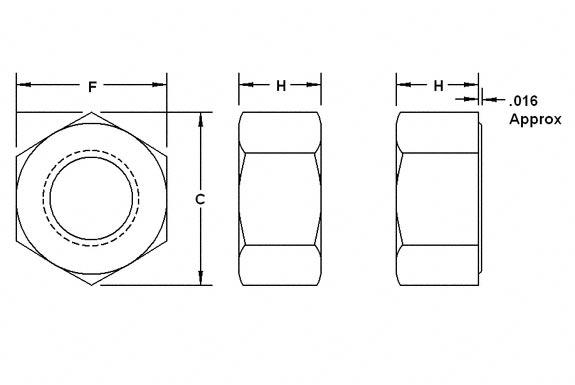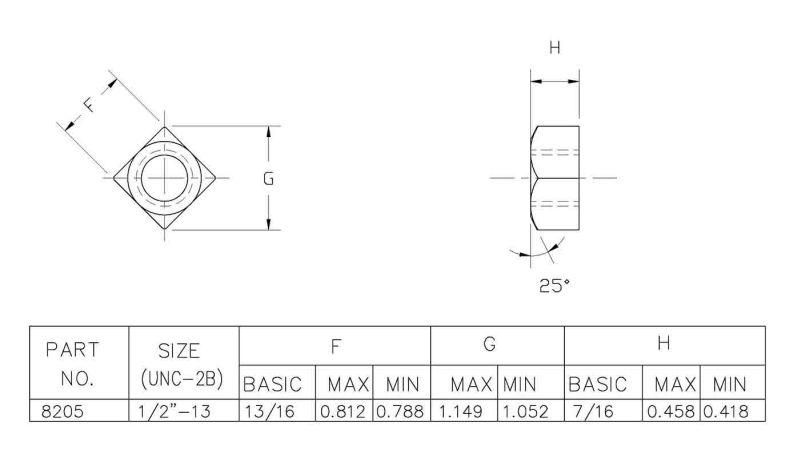 Philippines
Philippines
- 0966-200-2764
- 0917-850-0777
- 0945-711-2322
- (02)8461-7187
- [email protected]
- fb.com/7TMWinc
Available Sizes:


Galvanized Iron Hex Nuts have certain specifications that define their dimensions, material, and finish. These specifications can vary depending on the intended application and the manufacturer. However, some common specifications for galvanized iron hex nuts include:
Material: Galvanized iron hex nuts are typically made of low carbon steel, which is then coated with a layer of zinc through the process of galvanization. This coating provides resistance to rust and corrosion.
Thread Size: The thread size of a hex nut is the diameter and pitch of the threads. This size is important for selecting the appropriate nut for a given bolt or stud. Common thread sizes for galvanized iron hex nuts range from M3 to M100.
Thread Pitch: The thread pitch refers to the distance between the threads of the hex nut. It is measured as the number of threads per unit of measurement, such as threads per inch or threads per millimeter. This specification is also important for selecting the appropriate hex nut for a given bolt or stud.
Width Across Flats (WAF): The width across flats is the distance between two opposite sides of the hex nut, measured across the flats. This specification is important for determining the appropriate socket size needed to tighten or loosen the hex nut. Common WAF sizes for galvanized iron hex nuts range from 5.5mm to 75mm.
Height (H): The height of a hex nut is the distance from the bottom to the top of the nut, measured perpendicular to the axis of the threads. This specification is important for determining the overall size of the hex nut and for ensuring proper engagement with a bolt or stud.
Finish: Galvanized iron hex nuts have a dull, matte finish as a result of the zinc coating. This finish provides additional resistance to rust and corrosion.
Overall, understanding the specifications of galvanized iron hex nuts is crucial for selecting the appropriate nut for a given application. The material, thread size, thread pitch, WAF, height, and finish are all important factors that can impact the nut's strength, durability, and compatibility with other components.
Galvanized iron hex nuts have a wide range of uses in various industries, including construction, manufacturing, automotive, and marine applications. Some common uses of galvanized iron hex nuts include:
Fastening and securing bolts: Galvanized iron hex nuts are commonly used in conjunction with bolts to fasten and secure objects. They are suitable for use in various applications, such as construction, machinery, and equipment.
Electrical applications: Galvanized iron hex nuts are also used in electrical applications to secure electrical boxes, panels, and conduit fittings.
Plumbing applications: Galvanized iron hex nuts are used in plumbing applications to secure pipes, valves, and fittings.
Marine applications: The corrosion resistance of galvanized iron hex nuts makes them ideal for use in marine applications, such as boatbuilding and dock construction.
Outdoor applications: Galvanized iron hex nuts are also used in outdoor applications, such as fence and gate construction, where they are exposed to harsh environmental conditions.
Overall, galvanized iron hex nuts are versatile and reliable fastening components that can be used in a wide range of applications where corrosion resistance, strength, and durability are essential factors.